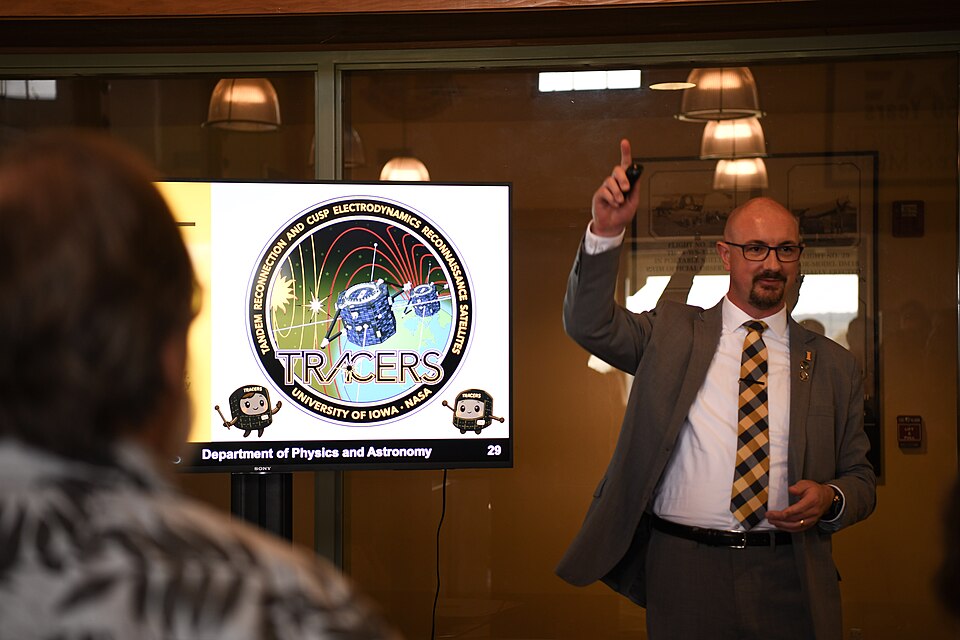NASA Launches TRACERS Satellites to Study Solar Storm Impacts

NASA is set to launch two new satellites, the Tandem Reconnection and Cusp Electrodynamics Reconnaissance Satellites (TRACERS), into low-Earth orbit to investigate the effects of solar storms on Earth's atmosphere and its technological systems. The mission, scheduled to launch no earlier than late July 2025, aims to enhance our understanding of magnetic storms and the process of magnetic reconnection, which is critical for predicting space weather impacts on a range of systems, from GPS to power grids.
The TRACERS satellites will operate in a sun-synchronous orbit, allowing them to remain over the dayside of Earth. This positioning is crucial as they will traverse the polar cusps—areas where Earth's magnetosphere is particularly vulnerable to solar wind particles. When these particles interact with the magnetosphere, they can cause magnetic field lines to disconnect and reconnect, releasing energy that accelerates charged particles toward the atmosphere, potentially creating auroras.
According to Joe Westlake, Director of NASA's Heliophysics Division, "What we'll learn from TRACERS is critical for understanding, and eventually predicting, how energy from our sun impacts not only the Earth, but also our space- and ground-based assets, whether it be GPS or communications signals, power grids, space assets, or our astronauts working in space" (NASA, 2025).
Historically, studying magnetic reconnection has been challenging due to the limitations of single-satellite observations. Traditional satellites typically capture data in isolated snapshots, which do not provide a comprehensive view of the dynamic processes occurring in real-time. David Miles, principal investigator for the TRACERS mission and a researcher at the University of Iowa, emphasizes the advantage of having two satellites. "They're going to follow each other at a very close separation. So, one spacecraft goes through, and within two minutes the second spacecraft comes through, and that gives us two closely spaced measurements" (Miles, 2025).
These coordinated measurements will enable scientists to analyze changes in magnetic and electric field strengths and the behavior of ions and electrons in the magnetosphere, providing deeper insights into how solar activity couples with near-Earth space.
The mission's broader significance lies in its potential to improve predictive models of space weather, which can have profound implications for modern technology. Increased solar activity, particularly during solar storms, can disrupt communication systems, navigation accuracy, and even power grid stability, posing risks to both infrastructure and human safety.
Historically, space weather has been a significant factor affecting satellites and communications. For example, the 1989 geomagnetic storm led to a nine-hour outage of power in Quebec, Canada, illustrating the potential severity of solar storms. As solar activity increases in the current solar cycle, the insights gained from TRACERS will be crucial for mitigating the impacts of space weather on technological systems.
In conclusion, the TRACERS mission represents a significant advancement in our understanding of solar influences on Earth. By studying the magnetic reconnection process and its effects on the magnetosphere, NASA aims to enhance our capacity to predict and respond to the challenges posed by solar storms, ultimately safeguarding technological systems and public safety. As the launch date approaches, the scientific community eagerly anticipates the data that TRACERS will provide, which may pave the way for new advancements in space weather forecasting and management.
Advertisement
Tags
Advertisement





